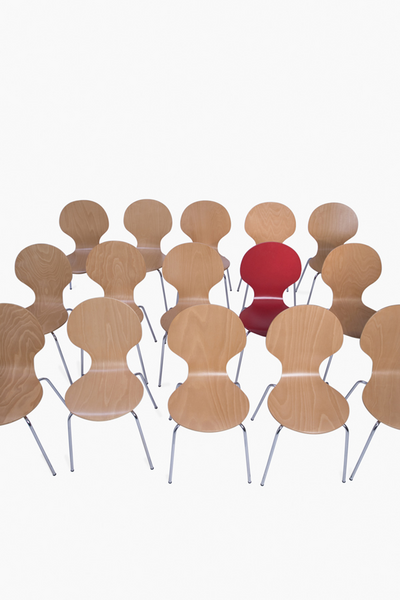ATD Blog
Are Your Own Biases Holding You Back?
Thu Sep 08 2016

The present workplace is a diverse environment, and true inclusion of everyone is necessary for the health and success of an organization. However, unconscious biases and the influence of individual cultural backgrounds are two challenges to strengthening linkages among employees. How can these stumbling blocks be resolved so that the organization can attain productive outcomes?
Before dealing with other people’s biases and cultural attributes, talent development specialists need to be aware of their own unconscious biases and cultural backgrounds that may influence their actions and behaviors. They should examine their own cultural beliefs, identifying those aspects that are detrimental to successfully completing their responsibilities and contributing to the progress of the organization.
Individual Cultural Attributes
Your cultural background and upbringing is one of the attributes that affect your thinking, decision making, and actions in the workplace. Can you identify your own biases and level of acceptance of other cultural backgrounds?
Identify the cultural qualities that actively influence how you carry out your responsibilities and relate to people, such as values, practices, attitudes, or dress. In what ways do you think these cultural qualities are an asset or a hindrance to your work and communication styles, performance level, and work relationships?
Identify the cultural qualities that you intentionally do not bring into the workplace and therefore do not overtly influence your work and relationships with people, such as values, practices, attitudes, or dress. In what ways do you think the absence of these cultural qualities allows you to have a broader perspective of people and how you can do your work?
Unconscious Biases
Individuals’ perspectives of the world (including the workplace) are shaped by not only their unique cultural lens, but also unconscious biases. In The Diversity and Inclusion Handbook, Sondra Thiederman defines a bias as “a rigid, positive or negative, conscious or unconscious belief about the nature, character, and abilities of an individual based on the group to which the person belongs.”
Consider what your biases may be and assess them in terms of:
the circumstances under which you have had critical attitudes about an individual or group of people
the specifics of the unconscious biases
your reaction to these biases
the impact, if any, on the interaction between you and the individual or group
how you can lessen your unconscious biases’ influence on your behavior and actions.
The direction and qualities of expanding and growing an organization’s workforce base will increase or decrease depending on the attitudes and views of talent management staff and how they carry out their responsibilities.
It is essential to an organization’s success that an inclusive arena is viewed as an asset. Inclusion in the workplace acknowledges, seeks out, and appreciates the input of all employees. An organization understands that by establishing this type of workplace, it gains a competitive advantage. Inclusion is a behavior.
What is your organization doing to overcome biases in the workplace? Please share your experiences in the Comments.
